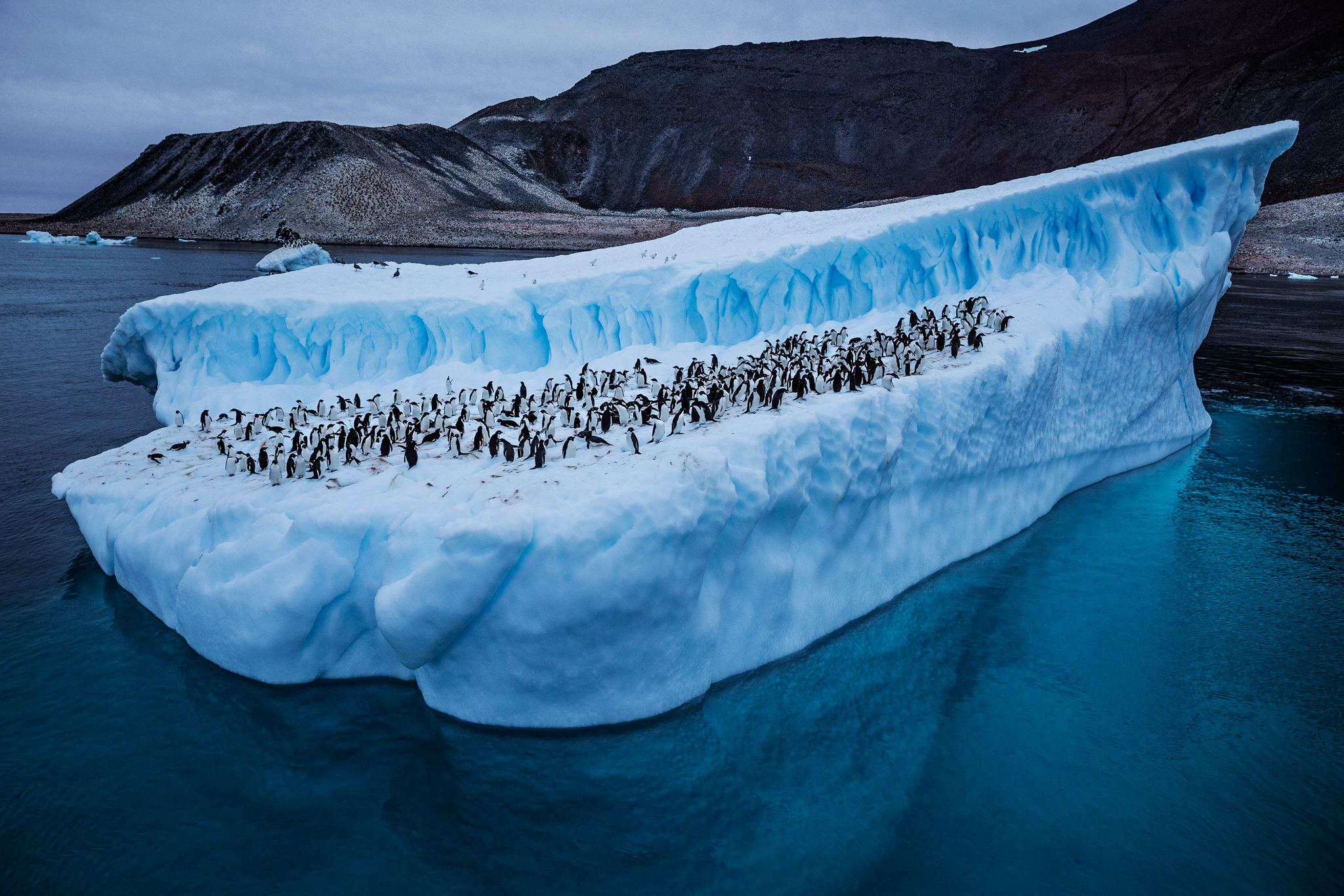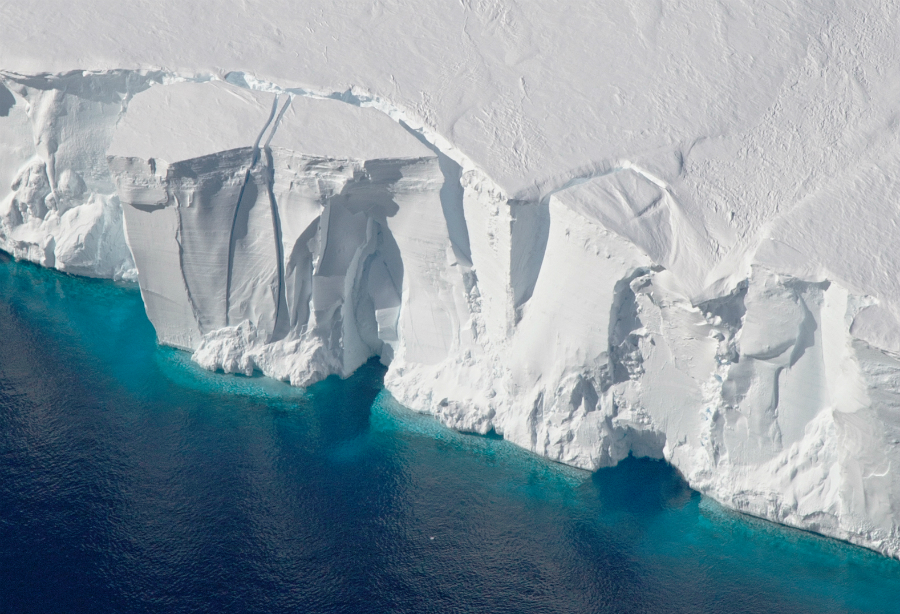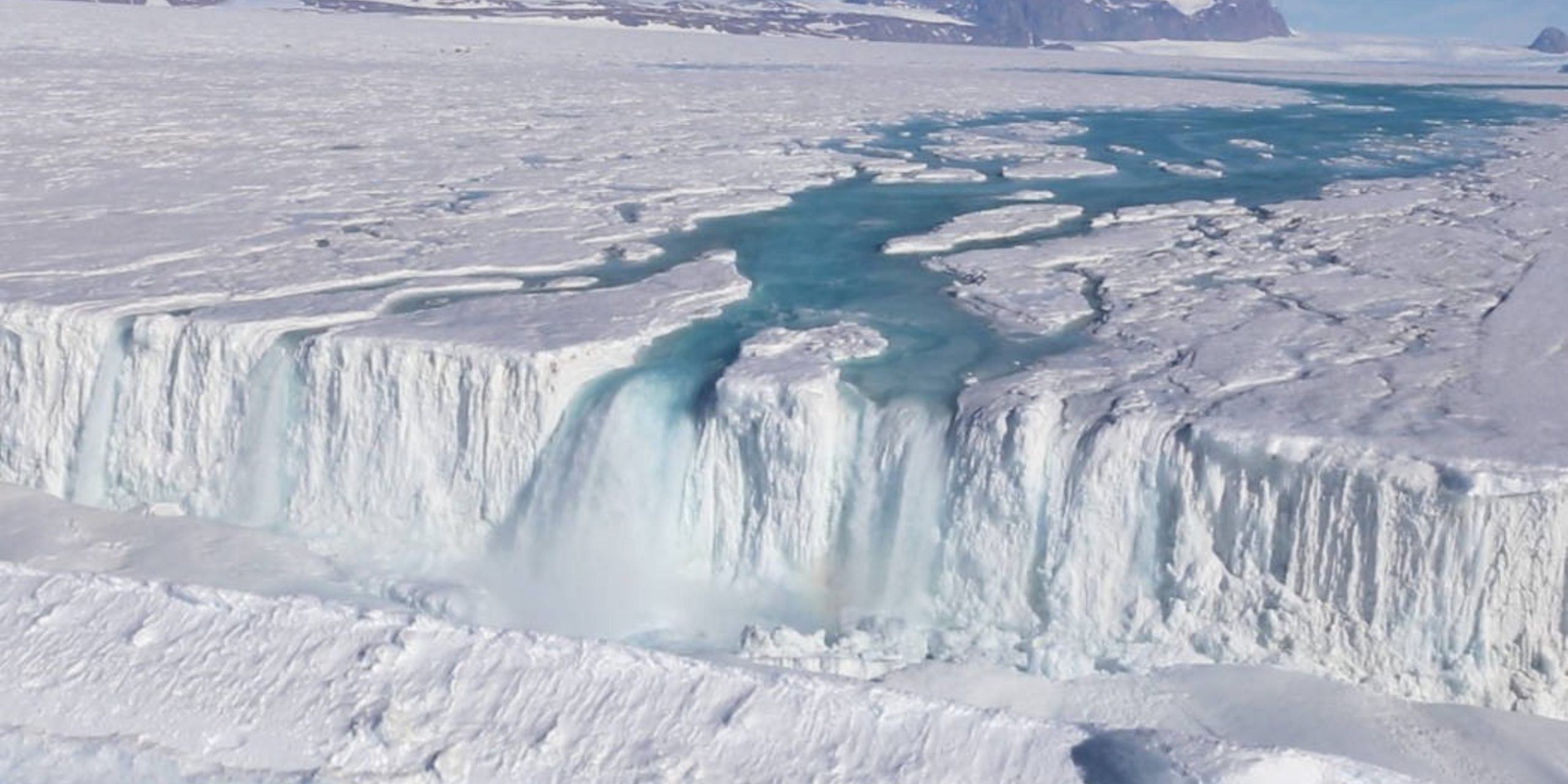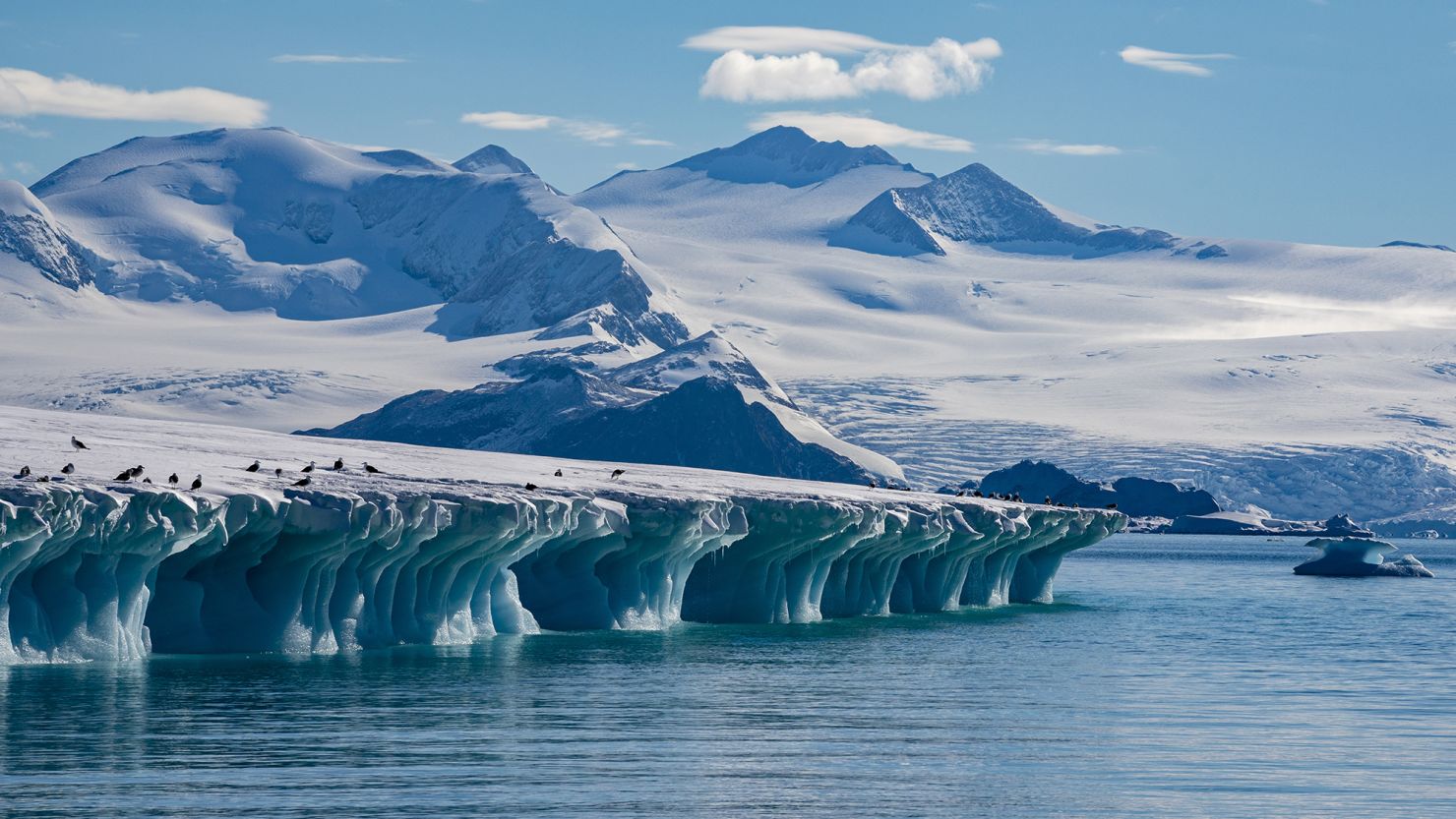Antarctica’s Surprising Ice Gain: A Twist in the Climate Story

For the first time in decades, Antarctica has defied expectations. According to recent satellite data, the frozen continent gained over 100 billion tons of ice in a single year. This surprising increase, primarily observed in East Antarctica’s Wilkes Land, offers a rare pause in the long-term trend of ice loss.

Between 2021 and 2023, scientists recorded more snowfall and ice accumulation than anticipated. While this gain may seem minor in the broader context of global climate change, it had measurable effects: the increase temporarily slowed sea level rise by approximately 0.3 millimeters per year. In climate science, even such small shifts are significant, providing valuable insights into how Earth’s systems respond to changing conditions.
Despite this unexpected rebound, researchers urge caution. This is not a reversal of global warming or a victory over climate change. Instead, it highlights the complexity of the planet’s climate system and the way natural processes can create temporary counterbalances to long-term trends. Ice sheets are dynamic, responding to a mix of atmospheric conditions, ocean currents, and snowfall patterns, and a single year of gain does not negate decades of overall decline.
Antarctica’s temporary ice gain is a reminder that Earth’s systems are alive, reactive, and constantly evolving. It underscores the importance of careful observation, continued research, and nuanced understanding of climate trends. While the continent is gaining weight in a warming world, the broader trajectory of climate change remains a serious concern. Each new observation adds a chapter to the ongoing story of our planet — and every chapter matters.











